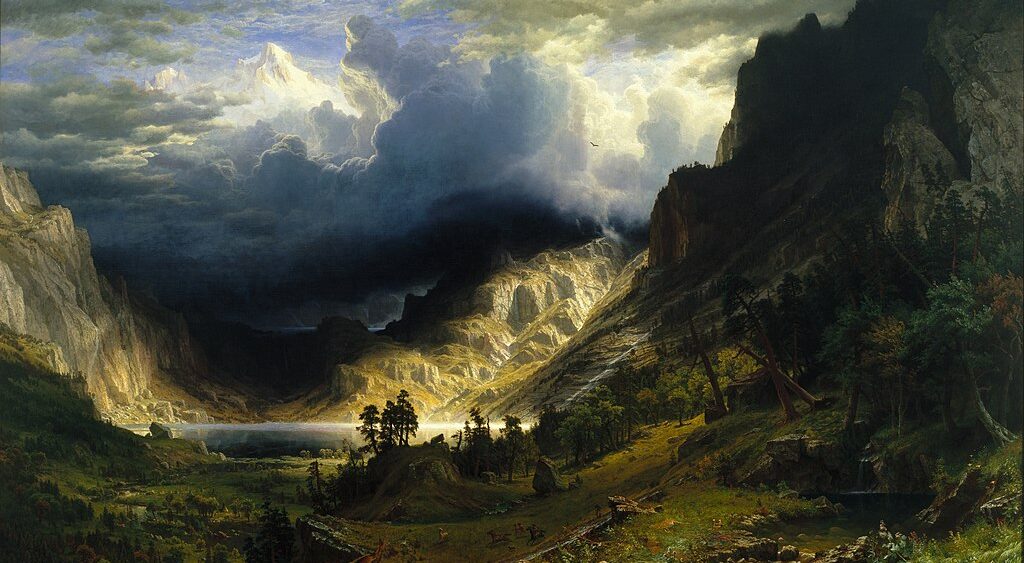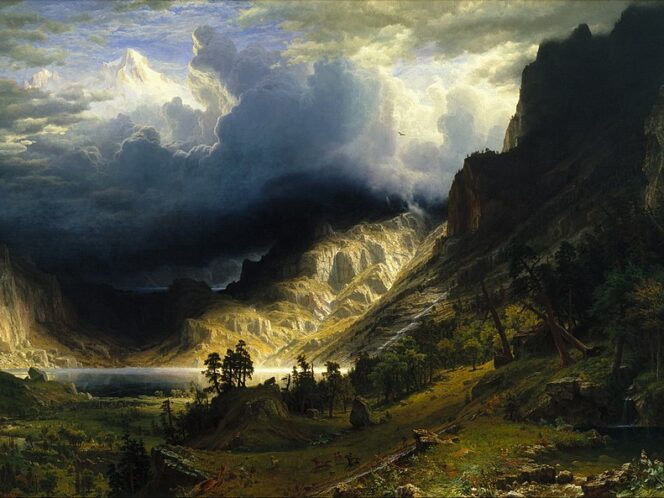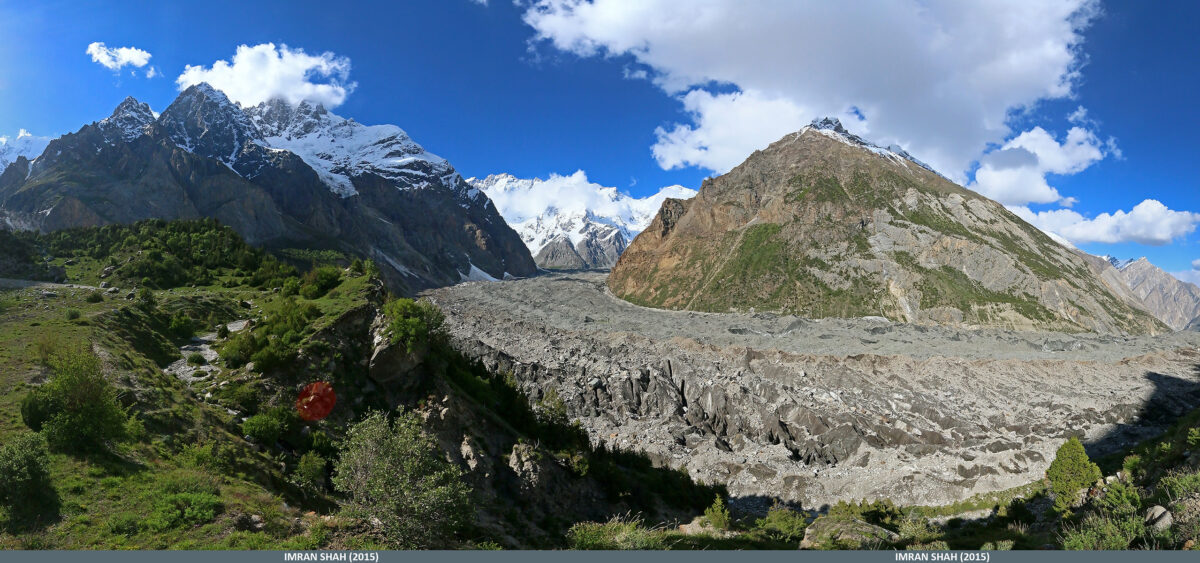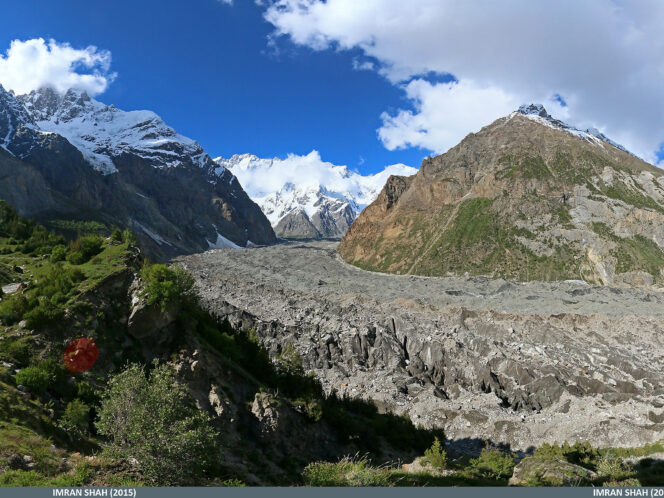
We think we can conquer them, but in fact, they dominate us. They bring us into a state of natural, blissful balance. They imbue us with energy—the smaller ones briefly, the giant ones for weeks at a time.
I can already see them coming. With license plates from Silesia and Warsaw, flocking to this epicenter of Lesser Poland. They leave their cars by the roadside, because there are no parking lots near the rocks, and they head skyward. They’re starting the season earlier than me, again. I can see them from the window of my house overlooking the limestone cliff. Ever since I’ve been looking at it, I can’t shake the feeling that it’s already in the future—which, after all, will take the same form. Anyway, the problem with rocks has been going on for centuries. People either admire them, or wonder why God created them in the first place.
Rather than readying my harness, I look out the window and philosophize.
On a Human Scale
The locals are impeded by the rocks in the fields. I have often admired the precision with which the tractor drivers maneuver the plow to get as close to the cliff edge as possible, not to waste the land. It’s a wonderful sight in spring: silvery clods poking up from the black slush after the snow thaws, dripping with water. On the whole, though, the land is deemed barren. Nothing edible will grow there, perhaps with the exception of hawthorn or wild rose. But who harvests those in the countryside nowadays? City folk on an excursion, maybe. In karst landscapes, monadnocks can’t be missed—they’re hardly inconspicuous. They shine in the sun like precious metal. Cobalt in winter. Chalky in autumn, among the fury of red








